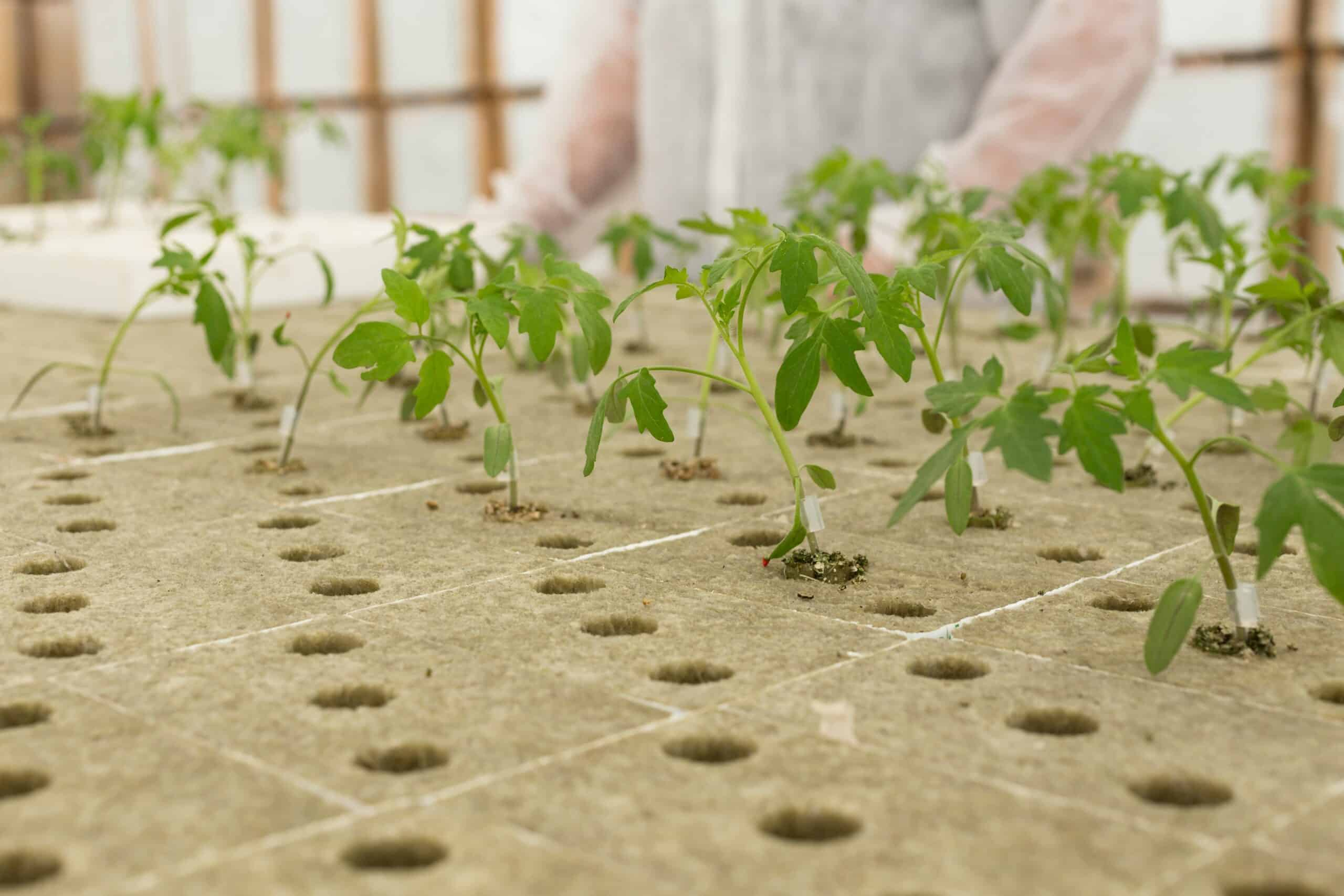Key Takeaways
- KUBTEC has introduced the XSEED® family of high-resolution X-ray systems developed for seed quality analysis.
- The systems provide internal imaging of intact seeds without the need for destructive testing methods.
- Each unit includes DIGISEED® software, which automates measurements such as count, size, density, and fill percentage.
- The product range includes three models—XSEED mini, XSEED, and XSEED Plus—offering options for different research and budget needs.
- Designed for flexibility, XSEED systems can be used in laboratory or mobile settings with minimal infrastructure.
KUBTEC Introduces XSEED X-ray Imaging Systems for Seed Research
Solutions Designed for Non-Destructive Agricultural Applications
KUBTEC® (Profile) has launched the XSEED® family of systems designed for seed and agricultural analysis. The new systems offer non-invasive imaging of seed morphology and aim to support research and quality control in plant breeding and crop production.
The XSEED product line enables internal visualization of seeds without cutting or staining, offering an alternative to conventional testing methods such as germination trials or tetrazolium chloride assays.
Seed Analysis Software Included with All KUBTEC Models
DIGISEED Enables Fast, Automated Measurements
Each XSEED system is equipped with DIGISEED®, KUBTEC’s software for automated seed evaluation. The platform is designed to quickly generate data on seed count, size, density, and fill, reducing manual processing time and standardizing analysis across samples.
The systems provide researchers and seed analysts with tools to perform rapid assessments, supporting decision-making in breeding programs, production facilities, and quality testing labs.
XSEED Line Offers Three Configurations
Flexible Design for Laboratory and Field Use
The XSEED family includes three models:
- XSEED mini, a compact benchtop unit for laboratories with limited space.
- XSEED, a mid-range system with additional workflow features.
- XSEED Plus, which offers the highest resolution imaging for detailed detection of internal structures such as cracks and voids.
All systems are enclosed cabinet units and require only standard power. They are designed for ease of use and can be installed in mobile labs for field research without needing water or additional infrastructure.
Additional XSEED Imaging Capabilities and Features
Overlay Functionality Enhances Visualization
The XSEED and XSEED Plus models include Image Blender™, a feature that combines X-ray and optical images. This allows users to link internal features to visible characteristics and identify labeled samples within the same image frame.
According to the company, this functionality may assist with quality control by enabling more comprehensive visual assessments of seed integrity.
Intended Use and Market Context
Addressing Evolving Seed Testing Needs
KUBTEC states that the development of the XSEED line was guided by ongoing changes in agriculture, including interest in non-destructive testing, increased demand for efficient screening tools, and the impact of environmental factors on seed performance.
The systems are positioned for use in seed production, crop research, and agricultural testing environments where consistency, repeatability, and speed are priorities.


